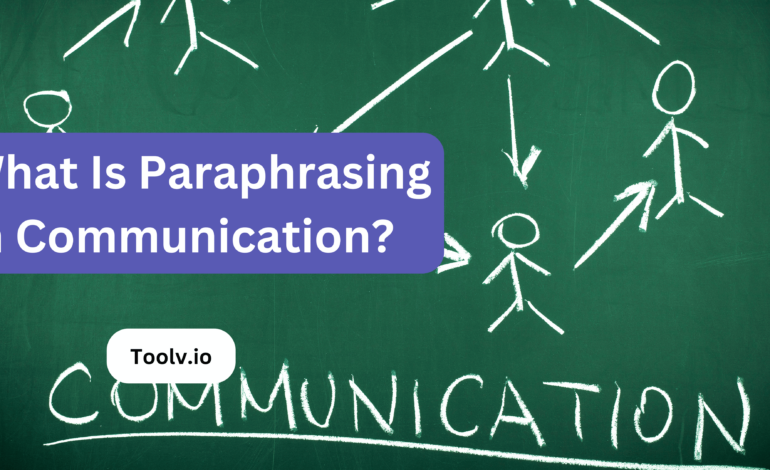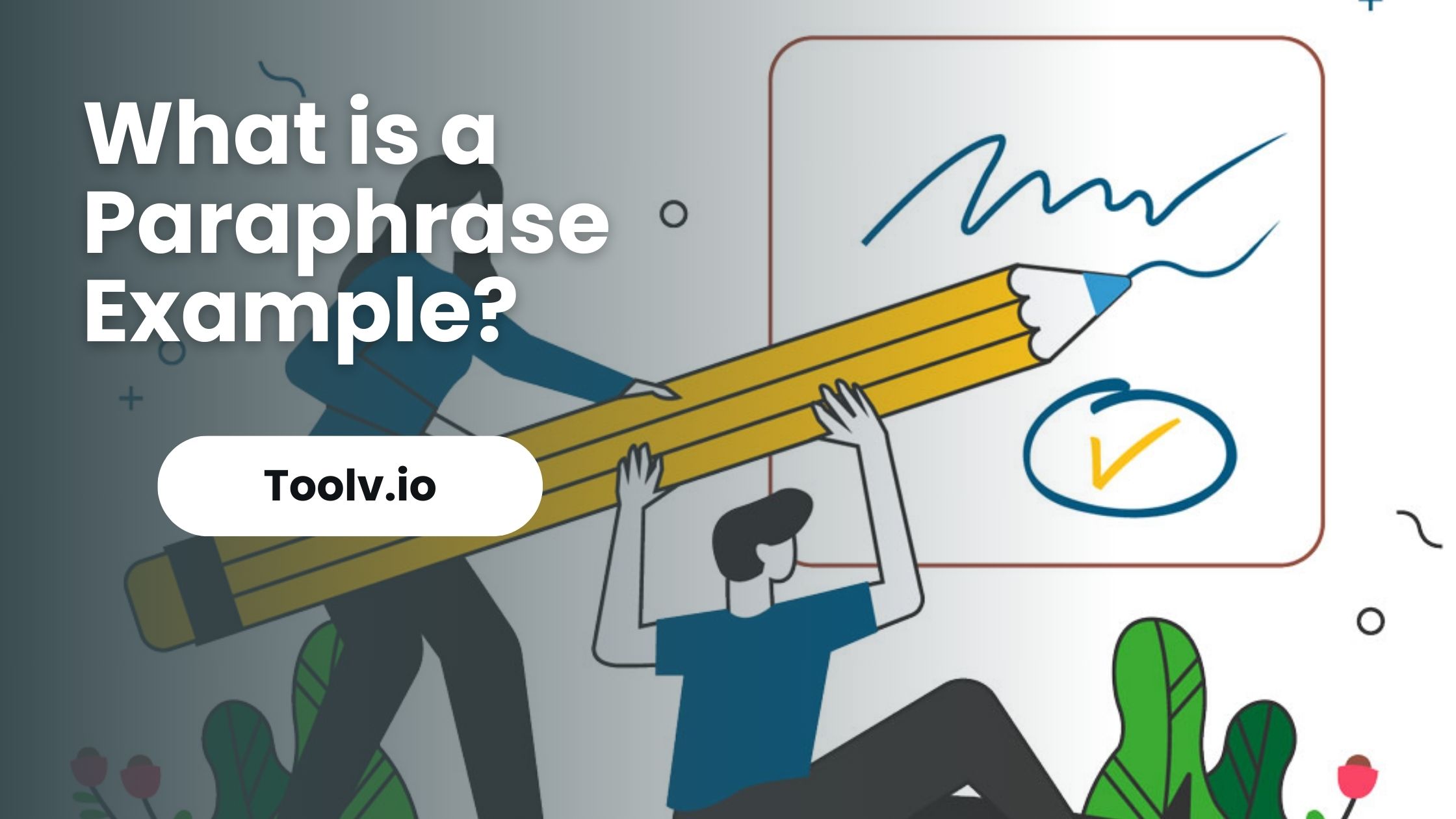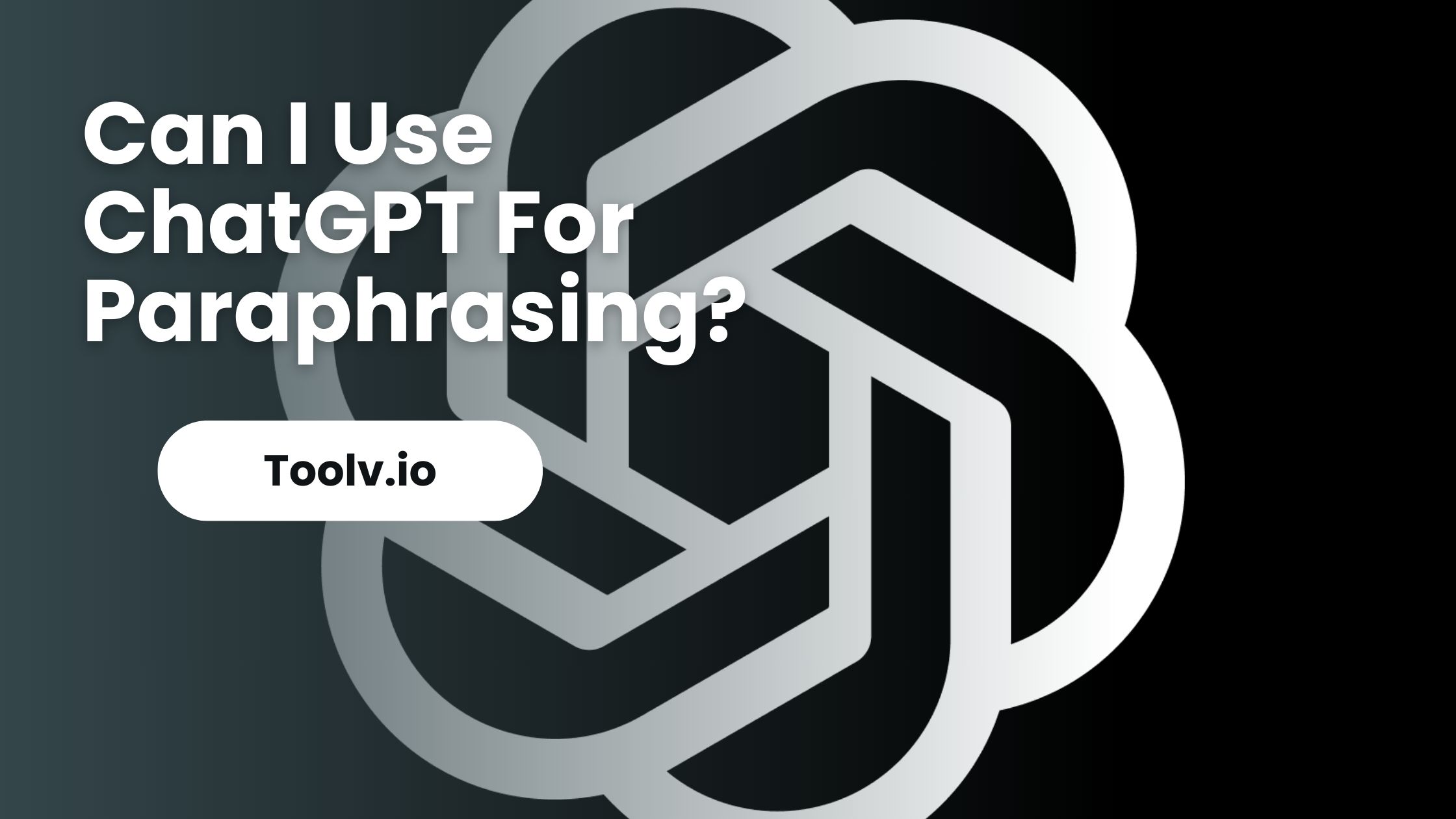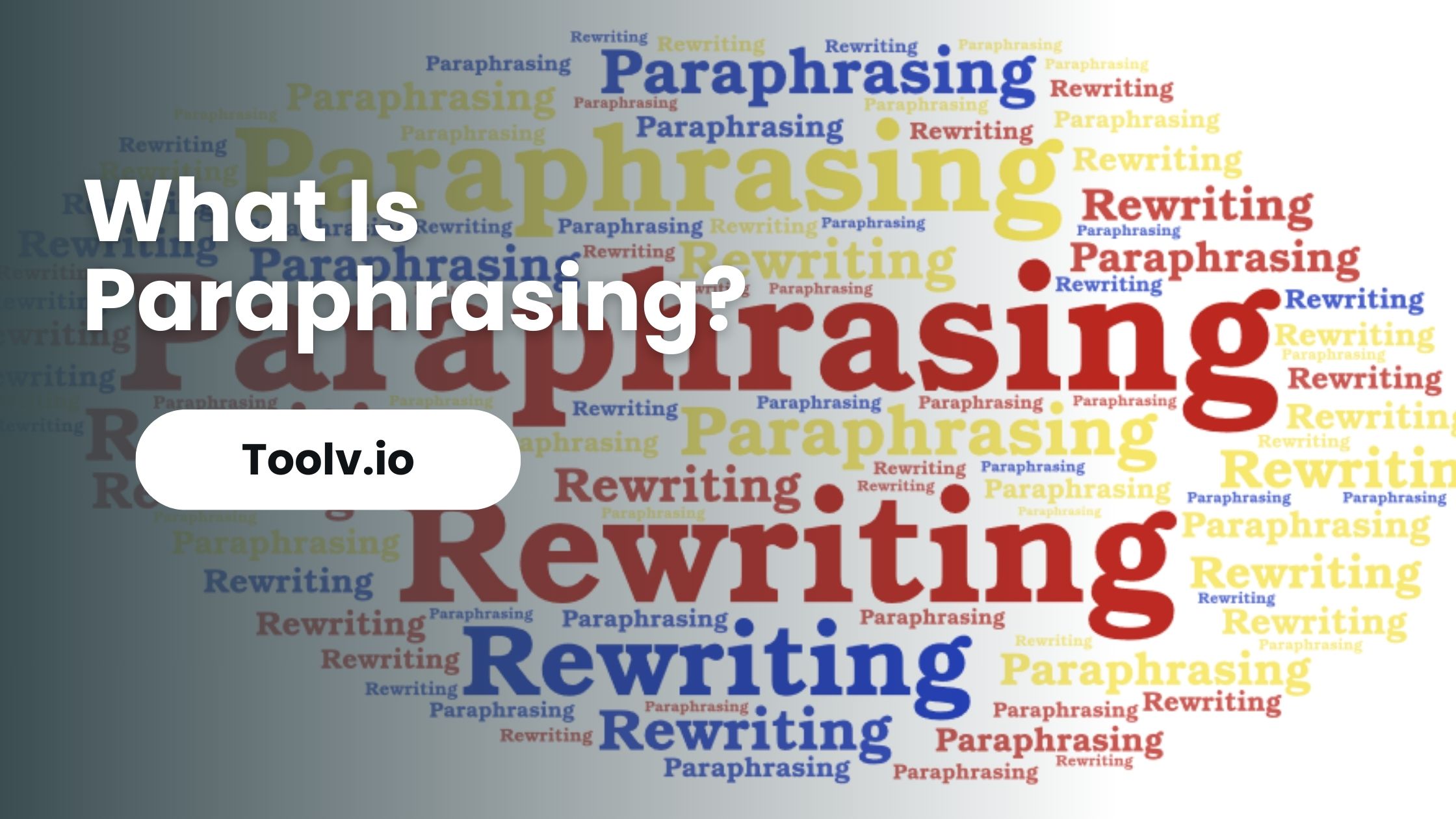Does Turnitin Detect Paraphrasing?

Turnitin is a popular tool used in schools and universities to check if work is original. It compares your writing with a huge database of texts to see if there are any matches.
In this article, we will discuss how Turnitin works and if it can spot paraphrasing. We’ll look at how the tool checks your work and the ways it can identify if you’ve just changed a few words in someone else’s writing.
What Is Turnitin?
Turnitin is an online plagiarism-checking tool. It is used mainly by teachers and students. Teachers can use Turnitin to check students’ work for plagiarism. Students can also use it to check their own work before turning it in.
To use Turnitin, you first need to create an account. Then you can upload documents like essays, reports, or assignments. Turnitin compares the work against its large database of websites, journals, books, and previously submitted papers.
The report highlights passages that may be unoriginal or improperly cited. The teacher uses this to see if plagiarism has occurred. Turnitin aims to promote original writing and research work. It helps uphold academic integrity standards.
Does Turnitin Detect Paraphrasing?
Turnitin is a tool that checks for similarities in text. It compares your work with a huge database of other writings. When you paraphrase, you change the words but keep the original idea. Turnitin can sometimes spot this if the paraphrasing is too close to the original.
It looks for patterns that match, even if some words are different. Paraphrasing well means completely rewriting ideas in your own words. This helps avoid Turnitin flags.
But, if it’s too similar, Turnitin’s smart algorithms might still catch it. The key is to truly understand and then explain the idea in a new way. This makes your work original and less likely to be seen as copied by Turnitin.
Can Turnitin Detect Quillbot Paraphrasing?
Quillbot is an automated paraphrasing tool. It rewords text to try to beat plagiarism checkers. Turnitin is a popular plagiarism checker. It compares student work against its database.
Turnitin uses advanced algorithms and pattern recognition to detect unoriginal writing. It can identify common paraphrasing techniques and changes in word order. Quillbot may fool Turnitin if settings are optimized and it paraphrases well.
But largely, Turnitin is able to detect and highlight Quillbot paraphrasing in student papers. It shows high similarity scores for reworded content without citations. Overall, students should not rely on paraphrasing alone.
Can Turnitin Detect If I Use ChatGPT to Paraphrase?
ChatGPT is a new AI chatbot tool. It can generate human-like text on command. People are using it to paraphrase content to avoid plagiarism. Turnitin is plagiarism detection software. It checks for copied or unoriginal text in student work.
Turnitin has algorithms to identify common paraphrasing patterns. In many cases, Turnitin is able to detect text paraphrased by ChatGPT. It recognizes the similarity to existing sources.
However, ChatGPT may sometimes rewrite content uniquely enough to bypass detection. Students should still cite sources to ensure academic honesty. Relying solely on paraphrasing without credits is risky.
Overall, original work is the best approach to avoid plagiarism concerns.
Can You Get Caught Using Paraphrase Tool?
Paraphrasing tools automatically rewrite the text in different words. Students use them to avoid plagiarism detection in papers.
However, many paraphrasing tools use simple synonym swapping. This creates robotic and unnatural writing. Turnitin and teachers can identify these odd patterns.
Even if rewritten well, the ideas stay the same without citations. With pattern checks and searches, plagiarism checkers can still match the content to sources. So yes, students can get caught using paraphrasing tools.
The best approach is to properly credit any sources and write genuinely using your own understanding. Avoid patching together reworded snippets without actual learning. Ultimately, doing your own work is better than trying to game the system.
Can Turnitin Detect Copy and Paste?
Turnitin is a popular plagiarism checker used in academia. It compares student work against its extensive database. This includes content from websites, published works, and previously submitted student papers.
If a student simply copies text verbatim from another source and pastes it into their assignment, Turnitin will easily identify this. It highlights the duplicated passages and shows their origin. The similarity score will also be very high, signaling extensive unoriginal content.
So yes, Turnitin has advanced pattern recognition algorithms designed to catch blatant copying and pasting. Students should always cite sources if quoting any content directly. wholesale copying should be strictly forbidden, as it completely violates academic honesty policies.
FAQs
Can Turnitin detect paraphrasing?
Yes, Turnitin can detect paraphrasing. It compares the submitted text against its extensive database and identifies similarities even in paraphrased content. However, its effectiveness depends on the extent and quality of the paraphrasing.
How does Turnitin identify paraphrased content?
Turnitin uses sophisticated algorithms that analyze the structure, context, and word choice in the submitted text. It looks for patterns that match with existing sources, including subtle variations, to identify paraphrased content.
Is it possible to beat Turnitin by heavily paraphrasing?
While heavily paraphrasing might reduce the similarity index in Turnitin, it’s not a guaranteed way to “beat” the system. Turnitin’s algorithms are designed to detect even significant rewording, and academic integrity is about more than just avoiding detection.
Does Turnitin flag paraphrasing as plagiarism?
Turnitin itself doesn’t flag paraphrasing as plagiarism; it only highlights similarities. It’s up to the instructor or the institution to review the highlighted parts and determine whether the paraphrasing constitutes plagiarism based on their standards and guidelines.
Conclusion
Turnitin can detect paraphrasing if the text closely resembles the source material. It compares submissions against a vast database of academic works and internet sources.
Toov.io’s paraphrasing tool offers an alternative for rewording text. It changes the structure and wording while maintaining the original meaning, making it less likely for Turnitin to detect similarities.





